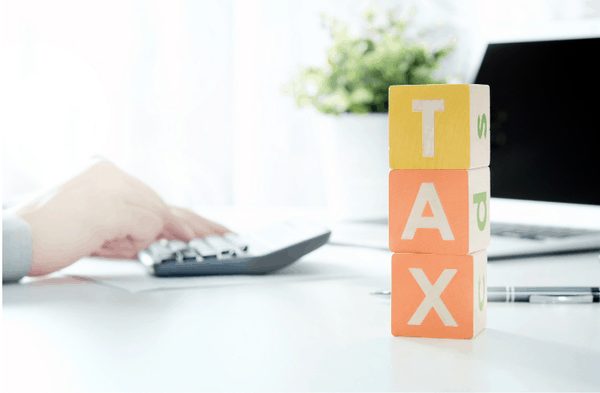With 31 March and the end of the Fringe Benefits Tax year just around the corner, now is the time to take advantage of last-minute tax planning opportunities. Below is a summary of the most common types of fringe benefits, and their tax treatment:
MOTOR VEHICLES
This is the most common fringe benefit, and arises where an employer’s car is used by an employee for any private purposes, notwithstanding that the vehicle is also used for business purposes.
For fringe benefits tax (FBT) purposes, a car is any of the following:
- a sedan or station wagon
- any other goods-carrying vehicle with a carrying capacity of less than one tonne, such as a panel van or utility (including four-wheel drive vehicles)
- any other passenger-carrying vehicle designed to carry fewer than nine passengers.
There are some circumstances where use of a car is exempt from FBT. For example, an employee’s private use of a taxi, panel van or utility designed to carry less than one tonne is exempt from FBT if its private use is limited to:
- travel between home and work
- incidental travel in the course of performing employment-related travel
- non-work-related use that is minor, infrequent and irregular (such as occasional use of the vehicle to remove domestic rubbish).
There are two methods for calculating the taxable value of the vehicle fringe benefit:
1.STATUTORY FORMULA METHOD
The statutory forumla is based on the base value cost fo the car, The formula used is:
Taxable value = [ Cost of Car x Statutory Rate* x Days Private Use] ÷ 365 – Minus Employee Contributions
The cost of the car for formula purposes includes dealer delivery charges, GST, and any customs duty paid on the motor vehicle.
*The current statutory rate is 20%
2.OPERATING COST METHOD
The operating cost formula is based on a log book record of travel. The log book must be maintained for a continuous period of at least 12 weeks. Unless circumstances materially change, the same log book may be relied upon for 5 years before another 12-week period must be recorded.
The forumla used is: Taxable value = [Total Vehicle Costs x Private Use Percentage ] – minus Employee Contributions
Car expenses include:
- petrol and repairs
- registration
- insurances
- deemed depreciation (if the car is owned)
- imputed interest (if the car is owned)
- lease costs (if the car is leased)
The ATO have a car calculator to help.
CAR PARKING BENEFIT
FBT liability arises where a car is parked on business premises that are within one km of a commercial car parking station. An exemption applies to small businesses with gross ordinary income of less than $10 million and the car is not parked in a commercial parking station. There are a number of conditions that need to be satisfied.
EXEMPT BENEFITS
There are a variety of benefits which are FBT free, if they are primarily used for business purposes including a portable electronic device, protective clothing, a briefcase, and tools of the trade.
MINOR FRINGE BENEFITS
Minor and infrequent benefits of less than $300 are exempt from FBT.
IN-HOUSE BENEFITS EXEMPTION
Allows the employer to reduce the taxable value of in-house benefits by up to $1,000 per employee per year.
MEAL ENTERTAINMENT ON THE EMPLOYER’S PREMISES
Food and drink provided to employees on ordinary working days are FBT exempt.
MEAL ENTERTAINMENT NOT ON THE EMPLOYER’S PREMISES
All meal entertainment provided to staff outside the business premises is subject to FBT.
EXPENSE PAYMENT BENEFIT
This is where an employer pays or reimburses private expenses incurred by employees. eg. school fees; private telephone bills; rates and land taxes; life and health insurance premiums etc. All these payments would be subject to FBT.
PROPERTY BENEFITS
These arise when an employee is provided property (eg. stock) for free or at a discount.
THE ‘OTHERWISE DEDUCTIBLE RULE’
In most cases, where the employee would have been allowed a ‘once only’ tax deduction for the expense if they had paid it themselves, then the taxable value is reduced by its deductible portion.
REDUCTIONS TO TAXABLE VALUES
Once the FBT calculations have been completed, the taxable value of the fringe benefit may be reduced to nil through employee reimbursements or contributions.
The lodgement and payment date for FBT is 21 May, if you require any assistance with calculating Fringe Benefits tax for your business please contact us.
To help you we have a FBT calculator available on the DFKCrosbie app – download the app here.








